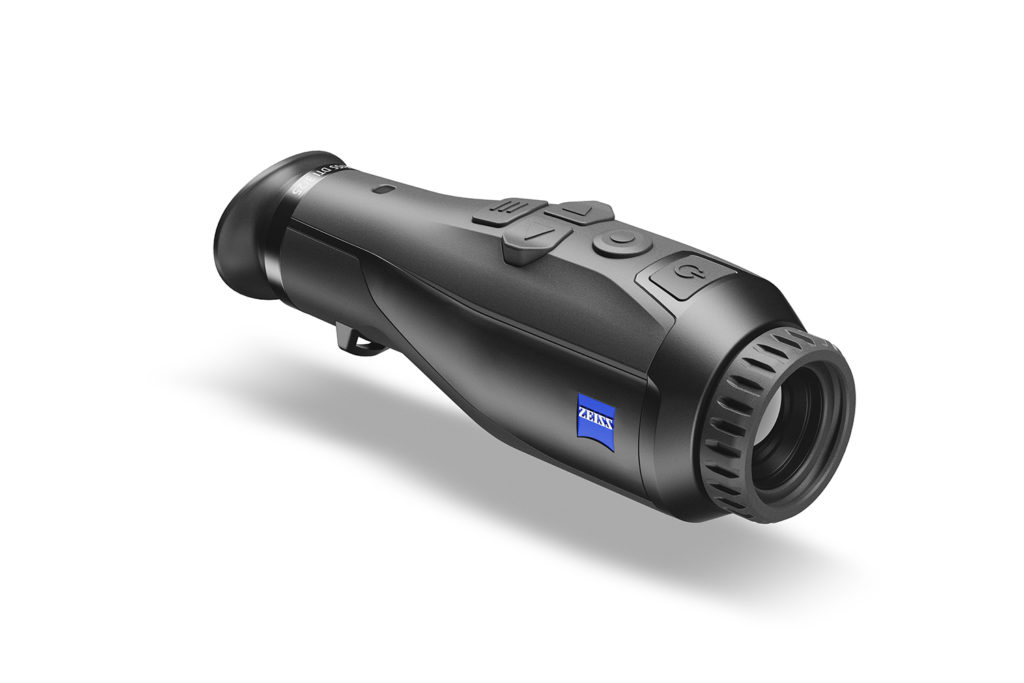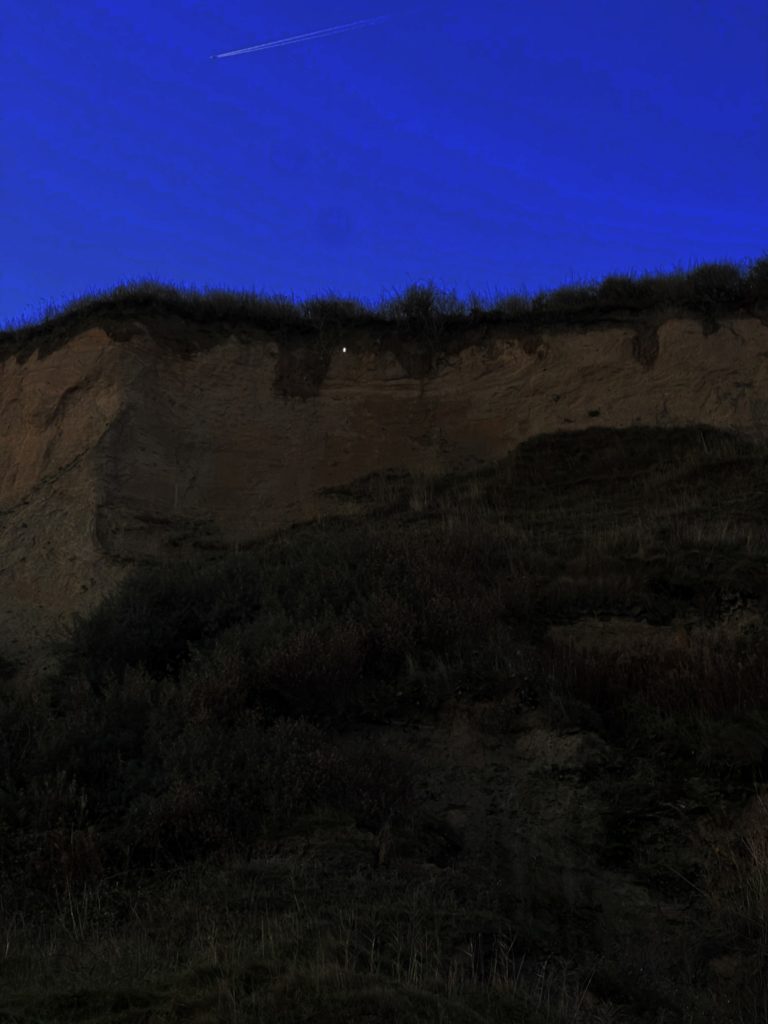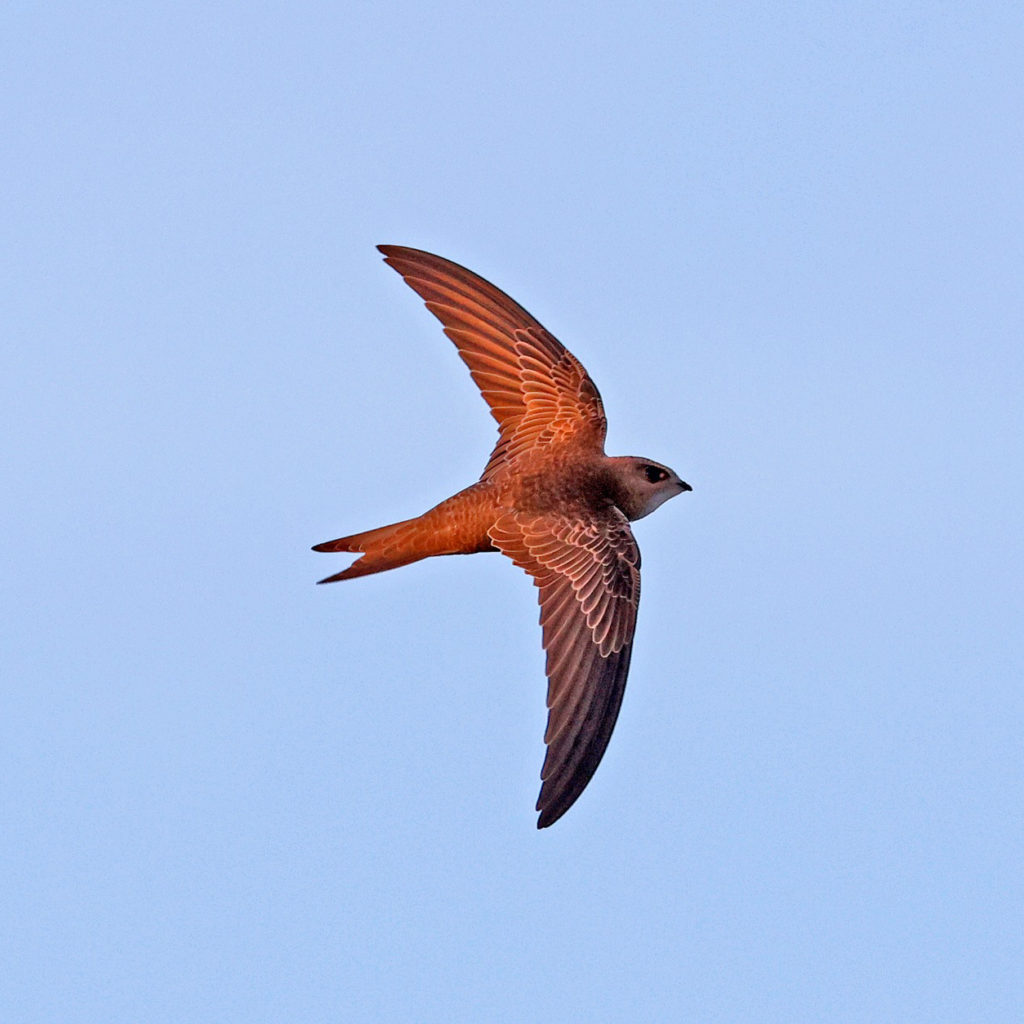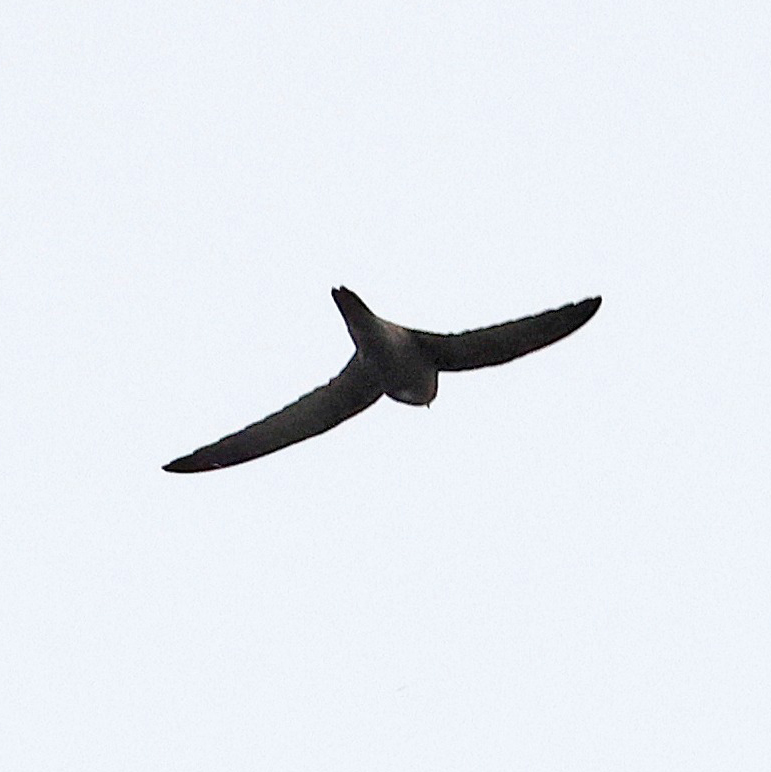Jim Lawrence is a passionate birder who lives in Norfolk, UK. In early 2022 he retired and, with time on his hands and more flexibility, he decided to attempt “a Big Year” with the goal of seeing how many bird species he might record within the county of Norfolk in a single year.
A “Big Year” is a personal challenge among birdwatchers who attempt to identify and record as many bird species as possible within one calendar year and one specific area. The standing Norfolk record was set in 2005 at 279 species but as 2022 progressed Jim’s list was building nicely and, with the real possibility of setting a new record he started exploring ways he might improve his chances. The most important was to be in the field every day trying to find new birds. Another was to monitor weather conditions and make sure he was in a good place to see new birds influenced by changes in climatic conditions. Perhaps the most innovative though, was to turn to new technology. For a few weeks, at the end of the year one of his trusted companions was the ZEISS DTI 3/25 thermal imaging camera.

With the support of our thermal imager, Jim was able to spot several secretive species he would not have been able to see only with binoculars or a spotting scope. In his own words, here follows the first account of his experiences using the thermal imager…
Prolonged southerly winds had led to the influx of several Pallid Swifts to the UK in the last days of October. As seeing one would be a much-desired rarity to boost my Norfolk year list, when news broke of two unidentified swifts at Cley last Sunday morning I wasted no time getting there. However, the weather was atrocious and despite watching them for an hour or so and taking many photos in pouring rain, virtually all my pics were just silhouettes, and none revealed the birds’ subtle plumage details sufficiently for me to make a fully confident identification. At this point, experienced observers who had seen them were split on the swifts’ identification. Some were convinced they were the extremely rare Pallid Swifts, from southern Europe, based on wing shape and flight behaviour, while others were equally adamant they were just Common Swifts. Better views were definitely required. After a good night’s sleep and full of optimism, Monday morning dawned brighter. But, of course, the Cley swifts were long gone and as the day pressed on, my hopes started fading. With an hour to go to dusk, the same birds, or perhaps, another two, were remarkably found feeding over Cromer Cliffs. Observers present could see at least one of the birds was a Pallid Swift in the much better direct evening sunlight. Pictures taken by my friend Rob Lee helped confirm that.

Frustratingly, it was too late for me to get there that night but as they went to roost on the cliffs, an idea started to form in my head. 30 minutes pre-dawn the next morning I got into position at the bottom of Cromer Cliffs and looked up to where the Pallid Swifts had been seen to go to roost. It was still pitch black but in my hand was a ZEISS Digital Thermal Imaging camera – a DTI 3/25 that I had recently been loaned to trial. An impression of my view of Cromer Cliffs from below through the ZEISS DTI 3/25 pre-dawn on Tuesday morning. While invisible through binoculars, remarkably I found one of the roosting Pallid Swifts which showed up as a tiny bright white swift shape clinging high up on the cliff face just below the top. At 07:14 and first light began to rise, it dropped from the cliff, unfurled its long wings, and soared out to sea where the other bird joined it. I quickly alerted the birders gathered above, who hadn’t see the birds depart their roost and they started scanning out over the sea. Luckily it was then picked up about ten minutes later as it returned to the cliff face briefly to feed before heading off west and out of view… This Pallid Swift was my 275th bird species seen in Norfolk this year and all thanks to the Zeiss DTI.


While I was really happy to see have seen two of the visiting Pallid Swifts on Tuesday morning, my views still weren’t long, or good, enough to improve on my photos. However, on Thursday all finally came good. During the day I visited West Runton to search for migrants and picked up one of the Pallids in strong sunlight as it hunted over the cliff edge. Unfortunately that bird headed off east quickly and no photos were possible. Later in the afternoon three more were located at Overstrand cliffs so I headed there but once again the birds were elusive and distant. Finally, one of the birds returned to Cromer Cliff top and as I arrived it was joined by the two others. To our great surprise just before dusk a fourth Pallid Swift joined them. During the spectacle of their late evening feed in the last warm sunlight of the day, I was finally able to capture a definitive image of one of the birds. What a privilege it was to see the unprecedented occurrence of four Pallid Swifts together in the UK.
Jim Lawrence